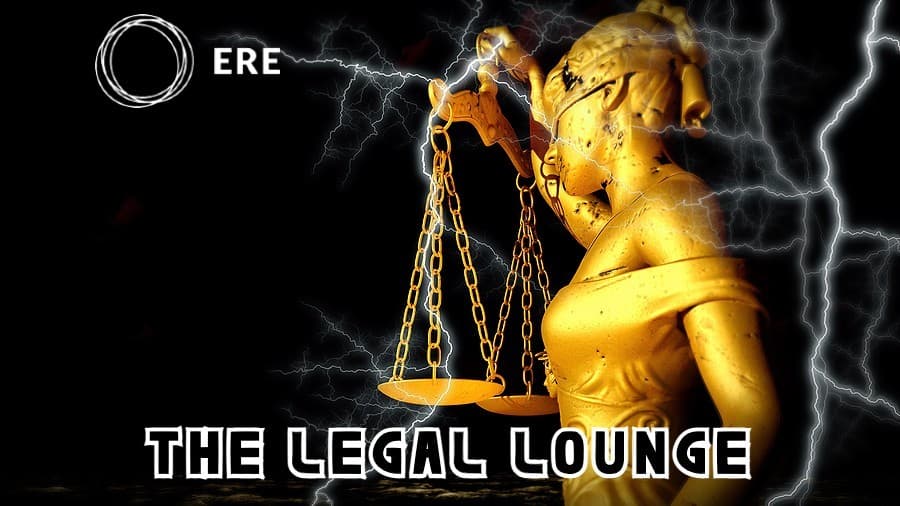Recently, HireVue admitted that their AI-fueled facial analysis of video interviews contained bias. For many of us who regularly lambasted this use of AI, it felt like a victory. Finally, someone acknowledged what common sense told so many of us — that using the analysis of candidate facial expressions would yield biased results, particularly against people of color and those with disabilities.
This is also a warning for talent acquisition leaders: Don’t let cutting-edge technology companies use your logos on their website. You’re begging for a lawsuit if you do.
When Logos Lead to Legal Woes
HireVue — like many, many other cutting edge HR tech vendors — asks customers to share testimonials and logos as marketing tactics. They also go on popular HR podcasts or on webinars with HR leaders to share how their products and services can make things easier for you. After all, if trusted brand name XYZ uses this technology, you should too. It obviously must be safe for your organization to use.
I’ll let you in on a secret: Plaintiffs’ law firms are always looking for the next big lawsuit. And the lawsuits that are really attractive are ones that do not need a great deal of analysis and have lots of plaintiffs – like Fair Labor Standards Act (FLSA) cases. These suits do not require a great deal of the firms’ resources initially.
Now, imagine an employer using biased technology that results in BIPOC and individuals with disabilities being given lower scores than their white, able-bodied peers, as disclosed by HireVue last week. If those scores, in turn, result in lower hiring in those demographic groups, then that employer has made biased, discriminatory, and unlawful decisions. That’s all the analysis that is necessary to initiate a suit.
The key will be finding a plaintiff, a reasonably easy hurdle to overcome: Simply look for people who applied for jobs with that employer but who were not hired after using the tech.
Plaintiff + biased tech + not hired = lawsuit.
Once the lawsuit starts, the employer will have to turn over the names, contact information, and demographics of all the other people who applied, and like magic, there’s now a class-action lawsuit for anyone who falls into the demographics at issue. Should the plaintiff succeed, the employer will be on the hook for damages and attorneys’ fees on both sides, potentially a staggering and crippling amount.
Then, once the plaintiffs’ firm establishes liability for one employer, they can go look at the technology company’s website to find their next target. If your organization’s logo is on their website, you’re now a target for that firm’s next suit. It’s that easy.
The Blame Game
But what about the tech vendor? It created the liability with its biased tech, right? Shouldn’t it be on the hook for bias? Maybe, but there are a few reasons why the tech company will not be in the lawsuit. First, Title VII of the Civil Rights Act of 1964 and the Americans with Disabilities Act only focus on the hiring decision, not on how the organization got there. If your technology is biased, it’s your hiring decision that the law examines and what creates the lawsuit. The employer — not the technology — is liable.
Second, your contract with the tech company likely says your organization will indemnify it for any lawsuit regarding your use of its product and/or you must pay their attorneys’ fees if a suit is commenced. The vendor will probably use these provisions to get out of the lawsuit, leaving you as the employer to hold the bag.
Don’t Become a Target
Every organization can avoid this. Don’t necessarily join in on the marketing actions of the tech company. Don’t let a vendor use your logo on its website or in its marketing materials. Don’t let the tech company market itself based upon your experience, which can expose your organization to a potential suit if ever their technology creates liability. Staying off of their website will reduce the chances you’ll become a target.
Technology can do lots and lots of things to make hiring easier. But your organization does not need to make it easier for plaintiffs’ firms to make your organization a defendant.
